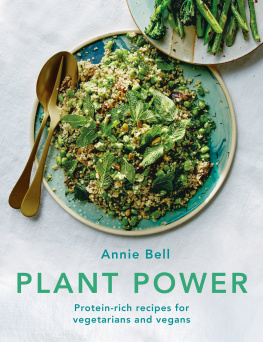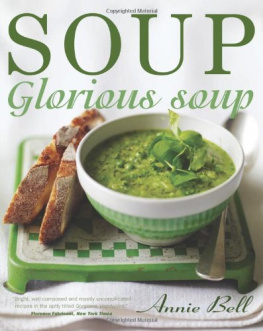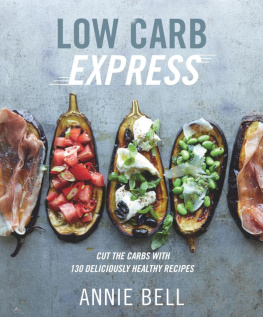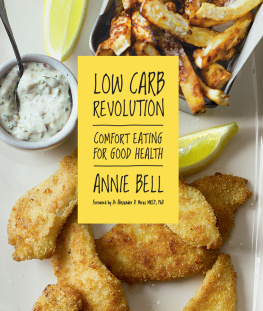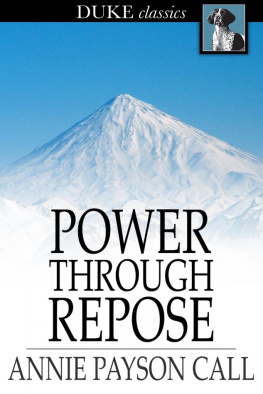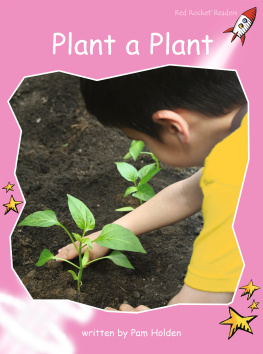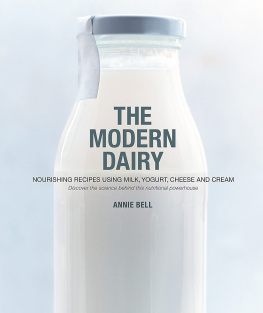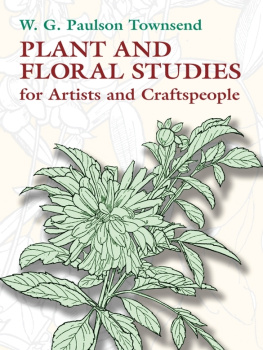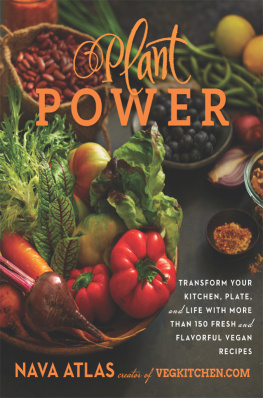Annie Bell - Plant Power
Here you can read online Annie Bell - Plant Power full text of the book (entire story) in english for free. Download pdf and epub, get meaning, cover and reviews about this ebook. year: 2020, publisher: Octopus, genre: Home and family. Description of the work, (preface) as well as reviews are available. Best literature library LitArk.com created for fans of good reading and offers a wide selection of genres:
Romance novel
Science fiction
Adventure
Detective
Science
History
Home and family
Prose
Art
Politics
Computer
Non-fiction
Religion
Business
Children
Humor
Choose a favorite category and find really read worthwhile books. Enjoy immersion in the world of imagination, feel the emotions of the characters or learn something new for yourself, make an fascinating discovery.
- Book:Plant Power
- Author:
- Publisher:Octopus
- Genre:
- Year:2020
- Rating:3 / 5
- Favourites:Add to favourites
- Your mark:
- 60
- 1
- 2
- 3
- 4
- 5
Plant Power: summary, description and annotation
We offer to read an annotation, description, summary or preface (depends on what the author of the book "Plant Power" wrote himself). If you haven't found the necessary information about the book — write in the comments, we will try to find it.
Plant Power — read online for free the complete book (whole text) full work
Below is the text of the book, divided by pages. System saving the place of the last page read, allows you to conveniently read the book "Plant Power" online for free, without having to search again every time where you left off. Put a bookmark, and you can go to the page where you finished reading at any time.
Font size:
Interval:
Bookmark:



Select one of the chapters from the and you will be taken straight to that chapter.
Alternatively, jump to the to browse recipes by ingredient.
Look out for linked text (which is blue) throughout the ebook that you can select to help you navigate between related sections.
You can double tap images to increase their size. To return to the original view, just tap the cross in the top left-hand corner of the screen.
Many years ago, when I embarked on my career as a cookery writer, the word flexitarian had yet to creep into the Oxford English Dictionary. Meaning someone who is primarily but not exclusively vegetarian, the trend was only deemed sufficiently noteworthy to enter the lexicon in 1998. And yet today, it is a term that captures the approach of how millions of us eat, myself included. Less meat, of better quality, which in turn means we are eating more plant foods. And there are any number of vegetarian diets vegan in particular that are also gaining ground and followers.
This gradual sea change is one that is almost certainly set to continue. For any number of compelling considerations, be it ethical, environmental, related to nutrition or cost, the reasons for adopting an increasingly vegetarian diet are likely to be complex and personal. But they are all valid, and we cannot turn our backs on the impact and implications of intensive livestock farming, any more than we can dismiss the wealth of scientific studies that increasingly support the benefits of a diet based on plant rather than animal products. UN experts have recently advised that a plant-based diet can assist in tackling climate change by changing the way we use the land surface, and their recommednation is for us to cut down on eating meat.
Which brings us to a junction. Animal products provide us with high-quality protein in a complete form, that is, they will contain all nine essential amino acids, in addition to other nutrients such as iron and vitamin B12 that can be hard to source in their absence. The best way of replicating meat in our diet so that we obtain all the amino acids we require, has long vexed the vegetarian. For years, protein combining was thought to be the best route, whereby two foods that were lacking in one or more amino acids, could complement each other if they contained those that the other lacked. The sheer complexity of this system sends shivers running down the spine, and thankfully as a strategy for eating it has now been largely abandoned by nutritionists, not least for its impracticality.
So where does that leave us? This question was the starting point for this book. While so many of us are eating less meat and more vegetarian food, quite how to replace meat at a nutritional level remains a very grey area. In practice, it isnt difficult, but certainly it helps to have an understanding of where to find plant proteins, and something about them, that in turn can shape our food choices throughout the day. Hopefully what follows will fill in some of the gaps, whether you are nutritionally minded yourself, or want to ensure that your children are getting all the nutrients they need. Equally, it is not uncommon for teenagers to become vegetarian, at a stage in their life when particular nutrients are crucial to their development. So I hope this book will give some idea of how you can go about eating vegetarian food in a way that optimizes its potential to be nutritious.
At a personal level, I have dipped in and out of being vegetarian since the tender age of five, principally because I love plant foods in all their extraordinary variety and also the dishes that I can make with them. The very first books I wrote were vegetarian, and I find it fascinating to see how the genre of food has developed. Today, we have never had it better. While the food groups that inevitably spring to mind when we think of vegetable protein, are the clichs of beans and nuts, they tell only a very small part of the story when we can call on this incredible range of plant proteins that make the bean-feasts and nut-roasts of old seem like a bad memory. We think nothing of sashaying between the luxury of pistachios, pecans and Brazil nuts, chia, sesame and flax seeds, to chickpeas and other lentils, or ancient grains and pseudograins, such as spelt, freekeh, quinoa and buckwheat. While fresh legumes, like broad beans, edamame (soya) beans and peas, are rich in plant proteins, other green vegetables including broccoli and asparagus will also contribute. And, any number of soya bean products, such as tempeh, noodles and tofu, are also there to be called on.
The recipes that follow aim to cover a wide-ranging array of different protein sources, frequently combining them in a recipe. The important thing is that they are all natural sources or wholefoods; we dont need to go down the route of fake veggie burgers and sausages, which all too often are packed with saturated fat, salt and additives. Good nutrition is key to this book, but more than that it has everything to do with pleasure. I really hope that we continue to reinvent this plant-powered genre for decades to come, and that its potential for being as delicious as it is nutritious grows year on year.


Protein, along with fats and carbohydrates, is one of three macronutrients that we require in a comparatively large quantity to produce energy. It sits side by side with carbohydrates yielding 4kcal of energy per gram, while fat yields 9kcal of energy per gram.
The derivation of the word protein meaning of prime importance says it all: protein is essential to our lives every cell in our body is reliant on it. And protein is incredibly versatile, providing structure for our bones, skin, hair and muscles. It also enables chemical reactions, with some proteins acting as enzymes, other proteins are hormones, while antibodies are large protein molecules that defend against diseases and infections.
Proteins are comprised of chains of amino acids, the building blocks of our bodies (the name amino meaning nitrogen-containing). There are about 20 common amino acids, and we refer to half of these as being non-essential, that is, the body can make its own, so whether or not they are contained in a food is really incidental. But a further nine essential amino acids we are unable to make ourselves, or at least not in sufficient quantity, which is why we need to obtain them through our diet. This is where the type and quality of protein, animal- or plant-based, comes into play (see ).
There is an enduring myth that by eating a specific protein the body can then use it for its own ends as a protein source. Not so: in reality all proteins are digested to their constituent amino acids, forming an amino acid pool, before being rebuilt as the proteins the body requires to function. It is a little bit like taking a Lego model of a castle to pieces and recreating it as a robot.
Font size:
Interval:
Bookmark:
Similar books «Plant Power»
Look at similar books to Plant Power. We have selected literature similar in name and meaning in the hope of providing readers with more options to find new, interesting, not yet read works.
Discussion, reviews of the book Plant Power and just readers' own opinions. Leave your comments, write what you think about the work, its meaning or the main characters. Specify what exactly you liked and what you didn't like, and why you think so.

